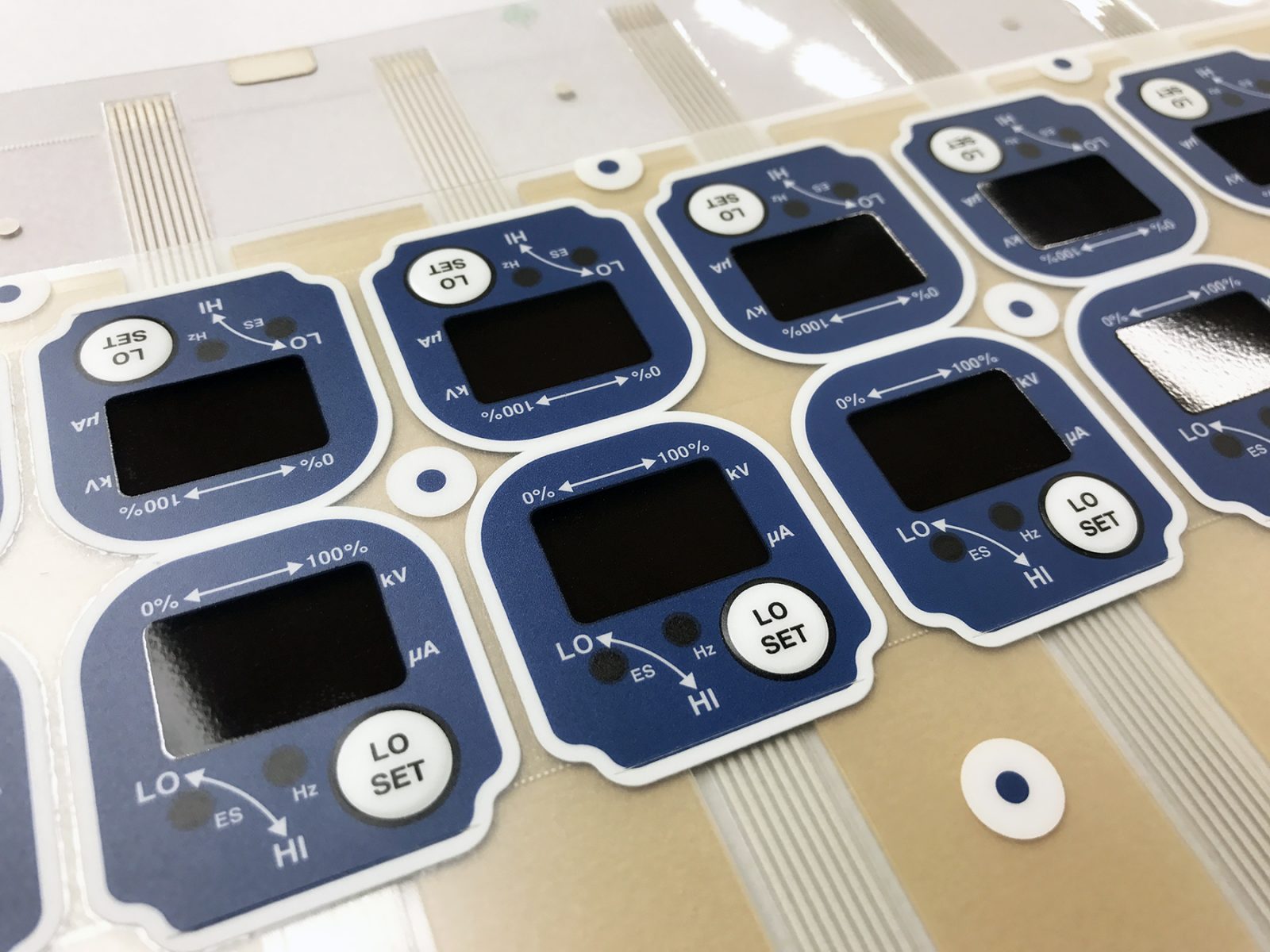Understanding the Functionality of Membrane Switches for Interface Devices
The capability of membrane layer switches stands for a substantial improvement in user interface design, combining effectiveness with visual versatility. As industries increasingly focus on customer experience, understanding the subtleties of membrane switch technology becomes essential.
What Are Membrane Buttons?
Membrane switches are cutting-edge interface gadgets that assist in customer communication with electronic devices. These flexible elements include numerous layers, including a visuals overlay, spacer, and a printed circuit layer. The style permits a smooth combination into various electronic devices, improving both the aesthetic and useful elements of interface.
Membrane layer switches are typically used in a large range of applications, from home home appliances to industrial machinery and medical devices. Their construction commonly features a thin account, making them an excellent selection for portable styles. The tactile feedback given by these buttons can be engineered to satisfy details individual choices, ensuring efficient interaction between the customer and the device.
Longevity is an additional considerable advantage of membrane buttons, as they are immune to dirt, moisture, and chemicals, which improves their life-span sought after atmospheres. Additionally, these switches can be personalized in terms of form, dimension, and visuals design, enabling for branding and user-specific functions. Generally, membrane layer changes represent a sensible service for improving customer experience in electronic devices, integrating capability with aesthetic charm in a reliable manner.
How Membrane Layer Switches Work
Operating on an uncomplicated concept, membrane switches over use a split building and construction to register customer input properly. Each button consists of several layers, consisting of a printed circuit layer, a spacer layer, and a leading visuals layer, which are made to work together seamlessly. When a user presses the top layer, it presses the spacer layer, bringing the conductive components of the circuit layer into call with each various other.
This get in touch with creates a shut circuit, signifying the gadget to implement a details function. The style allows for different setups, consisting of responsive comments, which can enhance the customer experience by supplying a physical experience upon activation. The products utilized in membrane buttons commonly include flexible substratums, such as polyester or polycarbonate, which make sure sturdiness and resilience against deterioration.

Trick Benefits of Membrane Layer Switches

An additional significant advantage is their compactness. Membrane layer switches are slim and lightweight, which enables suppliers to conserve room in their tools without compromising functionality. This feature is particularly helpful in applications where weight and volume are essential factors to consider.
In addition, membrane layer switches are resistant to dirt, wetness, and chemicals, boosting their toughness. This durability extends their lifespan and minimizes the need for constant hop over to here replacements, leading to expense financial savings over time.
In addition, the tactile responses given by membrane buttons can be maximized to enhance customer communication. They can include features such as raised switches or audible clicks, enhancing usability and customer experience.
Applications Throughout Industries
Customer user interface tools utilizing membrane layer switches are common in a wide variety of markets, showcasing their adaptability and functionality. Membrane Switch. In the medical sector, membrane buttons are indispensable to devices such as diagnostic devices and person tracking systems, where their toughness and convenience of cleaning are important for keeping health standards. In the vehicle market, these switches are utilized in control panel controls and infomercial systems, providing a streamlined and contemporary user interface for users.
Moreover, the consumer electronics market gain from membrane buttons in home appliances and handheld gadgets, where small style and user-friendly interfaces enhance user experience. Industrial applications also utilize membrane layer changes for control board in machinery and automation systems, stressing their toughness and resistance to extreme atmospheres.
In the aerospace and protection markets, membrane buttons are used in cockpit controls and equipment, where dependability and efficiency under extreme conditions are critical. Furthermore, the pc gaming industry progressively integrates membrane switches in controllers and gallery equipments, useful source adding to an interesting individual experience. Generally, the convenience of membrane layer switches enables their extensive usage across numerous fields, highlighting their significance in contemporary interface style.
Future Fads in Membrane Change Innovation

In addition, the usage of advanced products, such as polycarbonate and polyester movies, is expected to rise, offering enhanced resilience and resistance to environmental stressors. These materials contribute to the total long life of membrane buttons, making them suitable for harsher commercial applications.
Furthermore, the incorporation of smart modern technology, including IoT connectivity, will make it possible for membrane layer switches to communicate with various other tools and systems, promoting an extra interactive customer experience. This trend aligns with the growing need for clever devices across various sectors, from healthcare to customer electronic devices.
Finally, personalization options are anticipated to increase, permitting suppliers to create bespoke services customized to certain user requirements and preferences. These developments will certainly place membrane switches as crucial parts in the advancement of interface innovation.
Conclusion
In final thought, membrane layer switches represent a critical innovation in user interface modern technology, supplying a dependable and versatile solution for varied electronic applications. Their layered building and construction helps with compact style, while features such as responsive responses enhance individual interaction. The toughness against ecological variables even more solidifies their energy throughout several sectors. As advancements in material science and touch sensing innovations continue, the functionality and applicability of membrane buttons are anticipated to increase, strengthening their significance in contemporary digital devices.